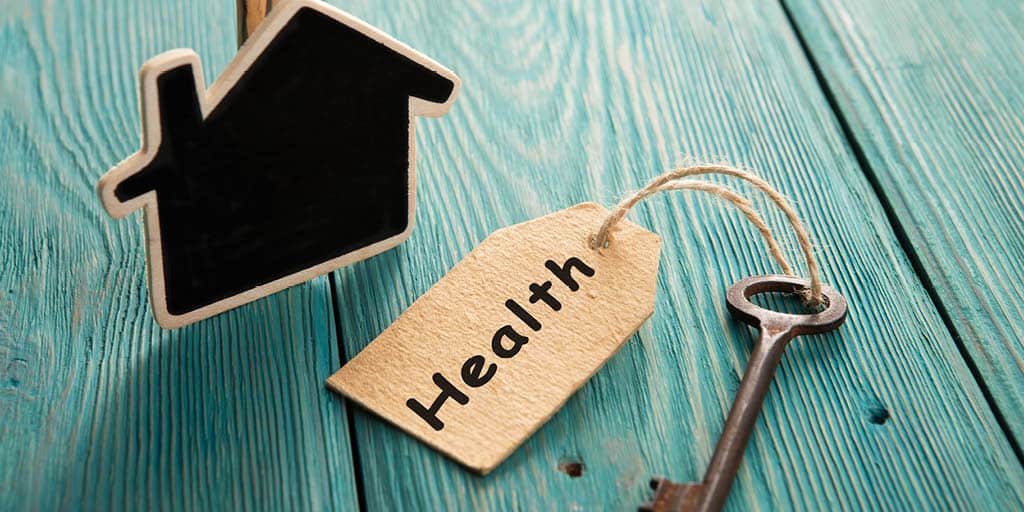Housing & Health: How to Help Low Income Residents Age in Place

The benefits of building a robust health program in a low-income setting are numerous. Both external studies and internal assessments gathered by Kavod’s Health & Wellness team show that both individuals and the community as a whole see improvements.
Kavod’s Health & Wellness Director, Amanda “Mandie” Birchem, oversees the clinics, programs and initiatives for the organization’s onsite Harry and Jeanette Weinberg Health & Wellness Center and can attest to the importance of it.
Specific advantages can include prolonged aging in place as well as the avoidance of premature moves to pricey nursing homes. Other day-to-day benefits include the following:
Improved Physical Health:
- Health management: Each month, Kavod offers classes such as tai chi, yoga, balance, dance, movement and more. These classes help residents maintain an active lifestyle at any stage of ability.
- Health education: Residents are able to continuously learn about healthy lifestyles, nutrition, and disease prevention. One such example is the “Heart Healthy Kavod” campaign over the month of February, covering all areas of heart health.
- Access: Having a health center built right on the campus allows residents to avoid challenges with transportation or appointment making, eventually helping earlier detection / management of issues. Services they can access include podiatry, dentistry, optomology, acupuncture, chiropractic care and much more.
- Ease of movement: Residents can receive services in Kavod’s gym or right in their apartments for physical, occupational and speech therapy through Legacy Healthcare. Legacy also helps with movement classes and education.
Mental Health Support:
- Stress reduction: Mental health support helps residents with stress reduction and coping mechanisms for issues related to aging, improving overall mental well-being.
- Supportive activities: Ongoing music, art, theater, gardening and outings help residents engage in positive activities that can help ward off depression and mental decline. Many of these are held in group settings, also combatting social isolation.
- Counseling: In partnership with Maria Droste Counseling Center, Kavod brings in qualified interns to provide to group counseling, a therapy dog, and a book club centered on a mental health topic. Kavod also has an onsite chaplain who aides in 1:1 conversations and mindfulness support.
Disease Prevention:
- Immunization and disease prevention: In partnership with Alpine Pharmacy, Kavod brings vaccination clinics onsite for flu, shingles and COVID-19, helping prevent sickness and/or reduce the severity of them.
- Chronic disease management: A medical clinic provided by CU Medicine-Geriatric Medicine allows residents to see one of three geriatric specialists onsite to manage medications and treatments. An onsite medical clinic is a rarity among low-income housing entities.
Reduced Healthcare Costs: All Kavod providers accept a variety of insurances, including Medicaid. As such, residents do not have to worry about large out-of-pocket expenses or care that they cannot afford.
Overall, these benefits not only improve the health and well-being of low-income housing residents but can also have positive ripple effects on the broader community, making health programs in low-income housing a valuable investment in public health and social equity.
“Health is a priority for our population, where they desire to connect with programs vs. just being guided or directed externally,” says Mandie.
Kavod is committed to this model and serves as an example for others to follow.
